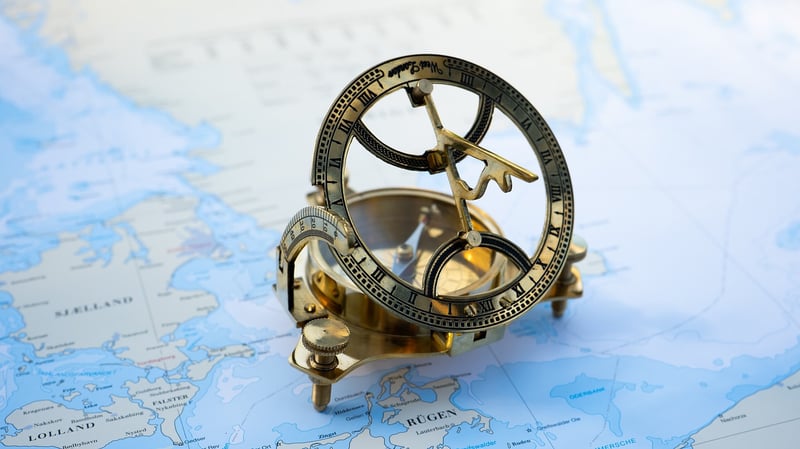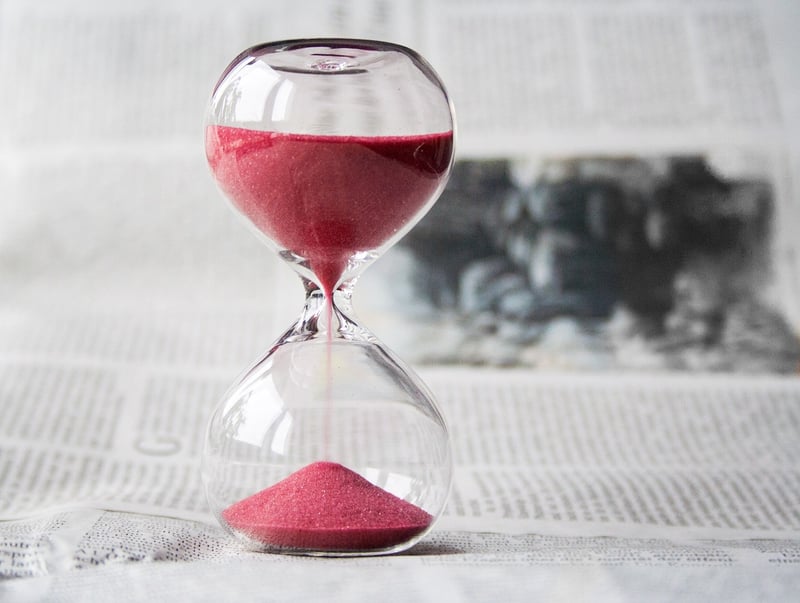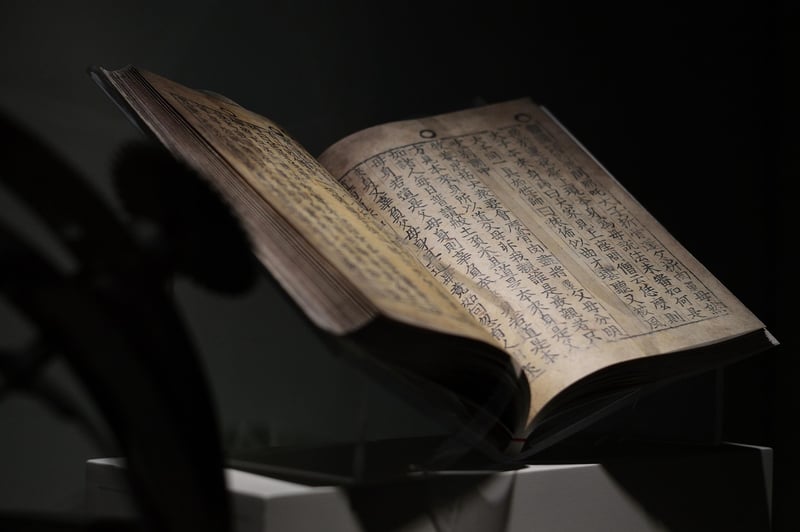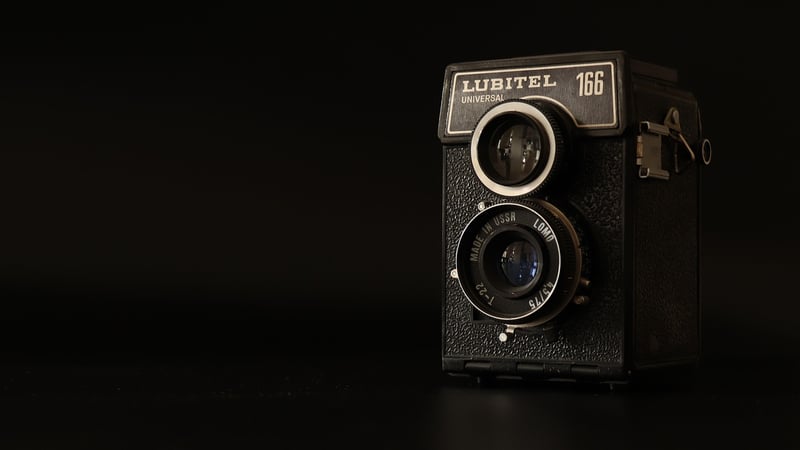Historical Devices
The Ultimate Guide to Time Travel Tools and Historical Devices
Time travel has always been a fascinating concept that has captured the imagination of many. While we may not have cracked the secrets of traveling through time yet, throughout history, various devices have been used to measure time and enhance our understanding of it. Let's explore some of the tools for time travel and historical devices that have shaped our perception of time.
Tools for Time Travel
1. Chronometer
The chronometer is a precise timekeeping instrument used to measure time accurately. It played a crucial role in navigation, allowing sailors to determine their longitude at sea. Developed in the 18th century, chronometers revolutionized maritime travel and played a significant role in shaping world exploration.
2. Atomic Clock
Atomic clocks are the most accurate timekeeping devices known to humanity. They operate based on the vibrations of atoms and are used in scientific research, satellite navigation systems, and telecommunications. Atomic clocks have become essential for modern technology and have applications in GPS and space exploration.
3. Flux Capacitor
While fictional, the flux capacitor from the movie "Back to the Future" has become an iconic representation of time travel. According to the film, the flux capacitor makes time travel possible by generating a controlled wormhole through which one can travel to different points in time.
Historical Devices
1. Sundial
The sundial is one of the oldest timekeeping devices, dating back to ancient times. It uses the position of the sun's shadow to indicate the time of day. Sundials were essential for agricultural activities, navigation, and timekeeping before the invention of mechanical clocks.
2. Hourglass
The hourglass, also known as a sandglass, is a device used to measure time. It consists of two glass bulbs connected vertically by a narrow neck that allows a regulated flow of sand from the upper bulb to the lower one. Hourglasses were commonly used for timing tasks and were popular in maritime navigation.
3. Astrolabe
The astrolabe is an ancient astronomical instrument used for solving problems related to time and the position of celestial objects. It was widely used by astronomers and navigators to determine the altitude of stars and planets, aiding in navigation and timekeeping.



While time travel remains a concept of science fiction, the tools and devices used throughout history to measure time have played a crucial role in shaping our world. From ancient sundials to modern atomic clocks, these instruments have not only helped us navigate our physical world but have also fueled our imagination about the mysteries of time.
Whether you're a history enthusiast, a science fiction fan, or simply curious about the evolution of timekeeping, exploring these tools and devices can provide a deeper understanding of our perception of time and its significance in our lives.
Remember, while we may not have a DeLorean equipped with a flux capacitor for time travel yet, the journey through the history of timekeeping is equally captivating and enlightening.
